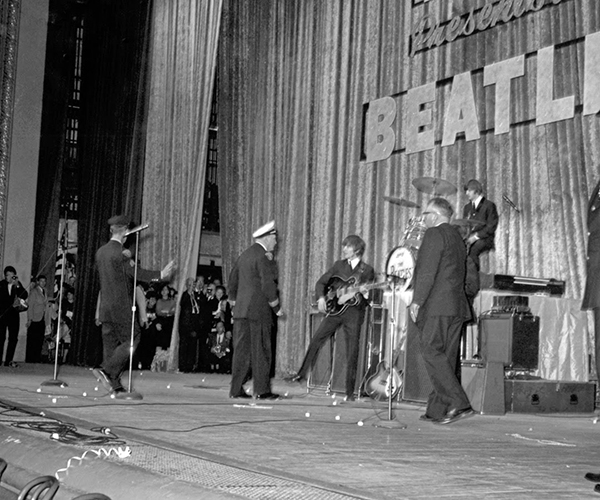The St. Lawrence Seaway opened in 1959, and its 9,500 miles of navigable waterways helped the Great Lakes become classified as the fourth U.S. coastline by Congress. While ocean-going vessels could travel from the Atlantic Ocean to Lake Erie, Cleveland's port at the time didn't shore up to other Great Lakes cities. The port handled less than 200,000 tons in its first year. Shippers were frustrated with the city's government, whose regulations resulted in cargo delays and extra costs. In 1968, Mayor Carl Stokes and the Cuyahoga County Commissioners proposed a joint city-county port authority. They persuaded city voters to approve transferring city port facilities to the Port Authority, and city and county voters to approve a tax levy to support the new organization. The port, which closed its 1968 season Dec. 5, reported cargo totals of around a million tons.
The Port sees shipments of steel, heavy machinery and dry bulk such as salt, coal, grain and limestone cross its docks. The 2014 addition of the Cleveland-Europe Express between Cleveland and Antwerp, Belgium — the first regularly scheduled container service on the Great Lakes — has only increased business along Lake Erie. Two new mobile cranes, costing $5.7 million, will be put in service at the start of next year's shipping season, replacing ones that have been in use since the '70s. It's part of an $8 million infrastructure plan that will include the building of a new warehouse and the purchase of fresh equipment.



